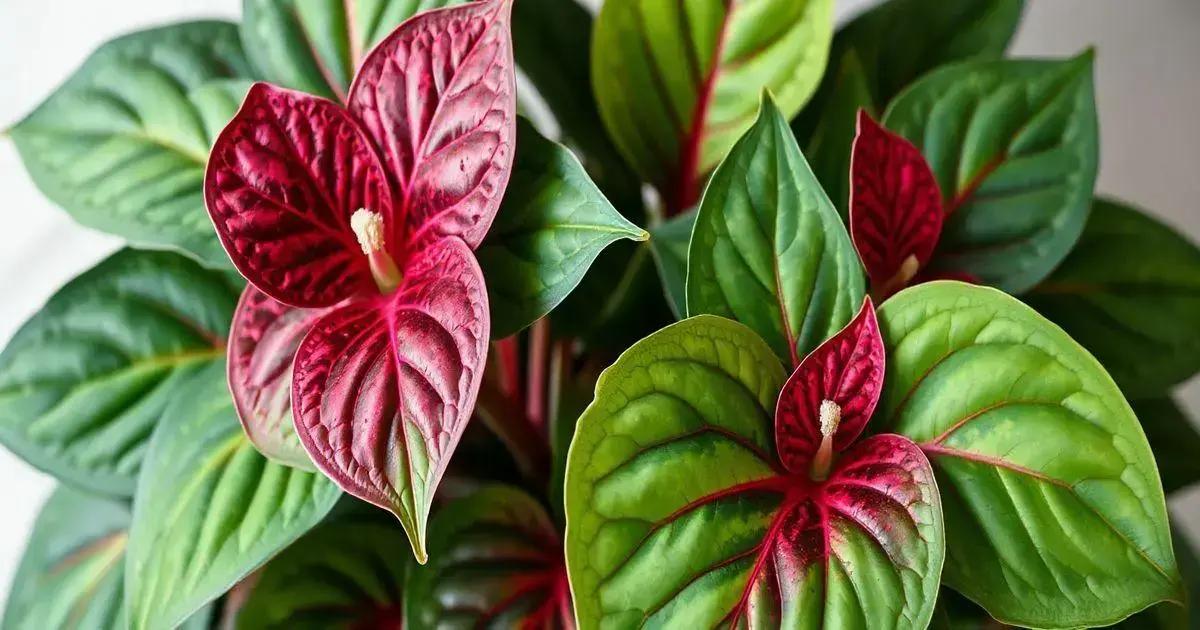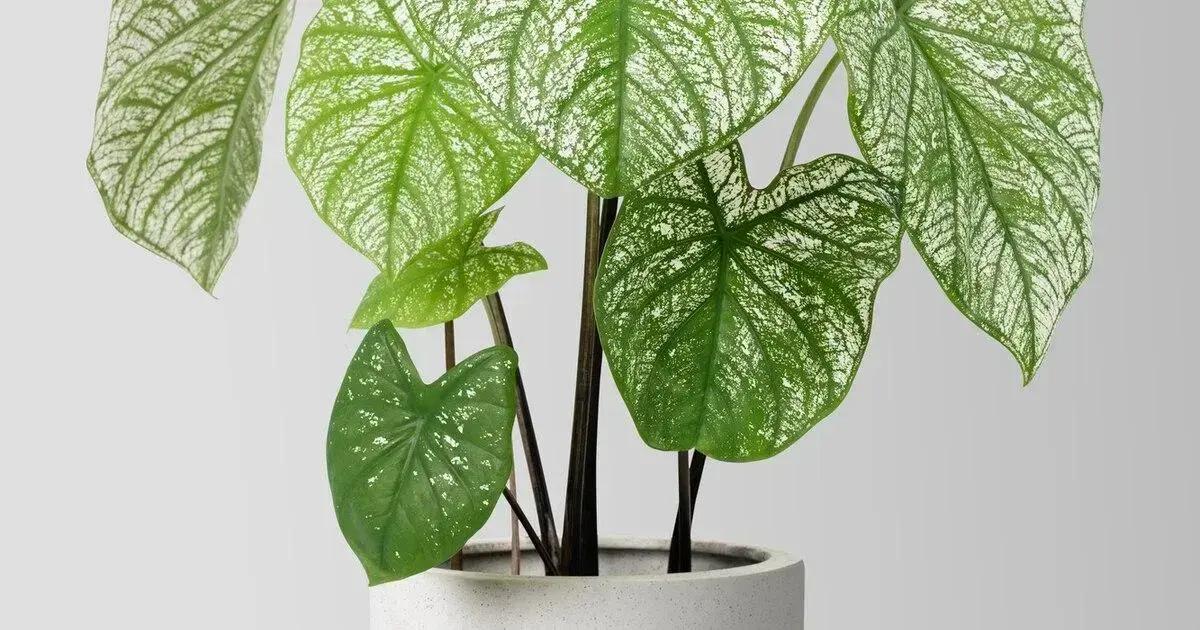How to Care for Caladium Plants: 7 Expert Tips for Thriving Growth
How to care for caladium plants is a question many budding gardeners find themselves asking. With their striking foliage and numerous varieties, understanding the best practices can help ensure your caladiums flourish in your home or garden. Let’s explore what it takes to cultivate stunning caladium plants.
Table of Contents
ToggleEssential tips for growing vibrant caladium plants
How to care for caladium plants effectively involves several key strategies to ensure their vibrant, lush growth. These tropical beauties thrive with the right attention to their growing conditions, particularly when it comes to light, water, and soil. Here are some essential tips to help you grow beautiful caladiums.
Understanding caladium growth requirements
Caladiums prefer bright, indirect sunlight. Too much direct light can scorch their beautiful leaves, while too little light will hinder their growth. Here are the elements to focus on:
- Light: Bright, indirect light is ideal for most varieties.
- Temperature: They thrive in temperatures between 65°F and 85°F.
- Humidity: High humidity levels benefit caladium growth; aim for at least 50% humidity.
Watering tips for healthy caladium plants
Proper watering is crucial to maintaining the health of your caladiums. Here are some tips to consider:
- Water when the top inch of soil feels dry.
- Ensure pots have drainage holes to prevent waterlogging.
- Avoid overhead watering to minimize leaf spots.
Optimal fertilization practices
Fertilizing caladium plants appropriately can enhance growth. Use a balanced fertilizer every 4-6 weeks during the growing season. Here’s a quick guide to fertilization:
- Type of fertilizer: A balanced 10-10-10 or 20-20-20 fertilizer is recommended.
- Timing: Begin fertilizing when the plants emerge in spring.
- Organic options: Consider using fish emulsion or seaweed extracts for a natural boost.
Soil and potting conditions
Choosing the right soil mix is vital for caladiums. A well-draining mix is key to their success:
| Soil Components | Benefits |
|---|---|
| Pine bark | Improves drainage and aeration |
| Coconut coir | Enhances moisture retention |
| Perlite | Prevents soil compaction |
For more detailed information on suitable soil for tropical plants, consider exploring indoor gardening techniques.
Pest control for caladium health
Regularly inspect your caladiums for pests like aphids and spider mites. If you notice any, quickly treat them using insecticidal soap or neem oil. Maintain cleanliness around the plants to minimize infestations.
By following these essential tips for growing vibrant caladium plants, you can create a thriving environment that showcases their stunning foliage.
Watering caladiums: The do’s and don’ts

Watering caladiums correctly is essential for maintaining their vibrant foliage and overall health. These tropical plants thrive in specific conditions, making the right watering practices crucial for your success. Below are important do’s and don’ts to ensure your caladiums receive the best care.
Do’s for watering caladium plants
- Water regularly: Keep the soil consistently moist, especially during the growing season.
- Check soil moisture: Always check the top inch of soil; water when it feels dry.
- Use room temperature water: Cold water can shock the roots, so let water sit out before using.
- Ensure proper drainage: Use pots with drainage holes to prevent standing water.
Don’ts for watering caladium plants
- Avoid overwatering: Too much water can lead to root rot and other diseases.
- Don’t let them sit in water: Standing water is detrimental to caladium roots.
- Never use tap water: Chlorine and fluoride in tap water can harm sensitive plant roots.
- Don’t neglect during dormancy: Water less frequently during dormancy in fall and winter.
Tips for optimal watering practices
To enhance your watering routine, consider the following strategies:
- Use a moisture meter to gauge soil dryness accurately.
- Group plants with similar water needs to simplify care.
- Adjust your watering schedule based on seasonal changes.
For best results, joining watering practices with proper soil quality is crucial. For more details on suitable soil options, tune into exploring indoor gardening techniques.
Common questions about watering caladiums
- How often should I water my caladiums? Water them every few days, allowing the top inch of soil to dry out between waterings.
- Can I mist caladium plants? Misting can help maintain humidity, especially in dry conditions, but regular watering is essential.
By following these do’s and don’ts when it comes to watering caladiums, you will be well on your way to showcasing healthy, thriving plants in your garden.
Fertilizing caladium plants for optimal health
Fertilizing caladium plants is essential for their vibrant growth and overall health. These tropical beauties require specific nutrients to thrive, and understanding how to properly fertilize them will enhance their stunning foliage. Below, we’ll cover the best practices for fertilizing your caladiums effectively.
Understanding the nutritional needs of caladiums
Caladiums benefit from a balanced approach to fertilization, ensuring they receive the right nutrients. Here’s a quick overview:
- Nitrogen (N): Promotes lush green foliage.
- Phosphorus (P): Supports root development and flowering.
- Potassium (K): Enhances overall plant health and resistance to diseases.
Choosing the right fertilizer
Select the right type of fertilizer tailored for caladium plants:
- Use a balanced liquid fertilizer, such as a 10-10-10 or 20-20-20 NPK mix.
- Consider slow-release granular fertilizers for long-term nourishment.
- Organic options like fish emulsion or seaweed extract can provide essential nutrients.
Fertilization schedule for optimal health
Create a fertilization routine to maximize the health of your caladium plants:
- Frequency: Apply fertilizer every 4-6 weeks during the growing season (typically spring and summer).
- Dilution: Always dilute liquid fertilizers to avoid burning the roots.
- Adjustments: Reduce feeding during dormancy in fall and winter.
Monitoring plant health
Pay close attention to your caladium’s health to determine if they need more or less fertilizer. Signs of nutrient deficiency include:
- Pale or yellowing leaves
- Stunted growth
- Poor leaf development
If you notice any of these signs, adjust your fertilization practices accordingly.
For additional insights on suitable soil options to pair with your fertilization efforts, consider exploring indoor gardening techniques.
Common questions about fertilizing caladiums
- How can I tell if my caladium needs fertilizer? Look for signs like yellowing leaves or slow growth.
- Is it okay to fertilize dormant caladiums? No, fertilization should be reduced during dormancy in cooler months.
By following these guidelines for fertilizing caladium plants for optimal health, you can enjoy lush and colorful foliage throughout the growing season.
In conclusion
Caring for caladium plants is a rewarding experience that requires attention to their specific needs. From understanding their watering requirements to providing essential nutrients through fertilization, implementing effective care practices will ensure your caladiums thrive. Remember to monitor their health regularly and adjust your care routine as needed. For more great tips on enhancing your indoor garden, check out tips on enhancing your indoor garden.

